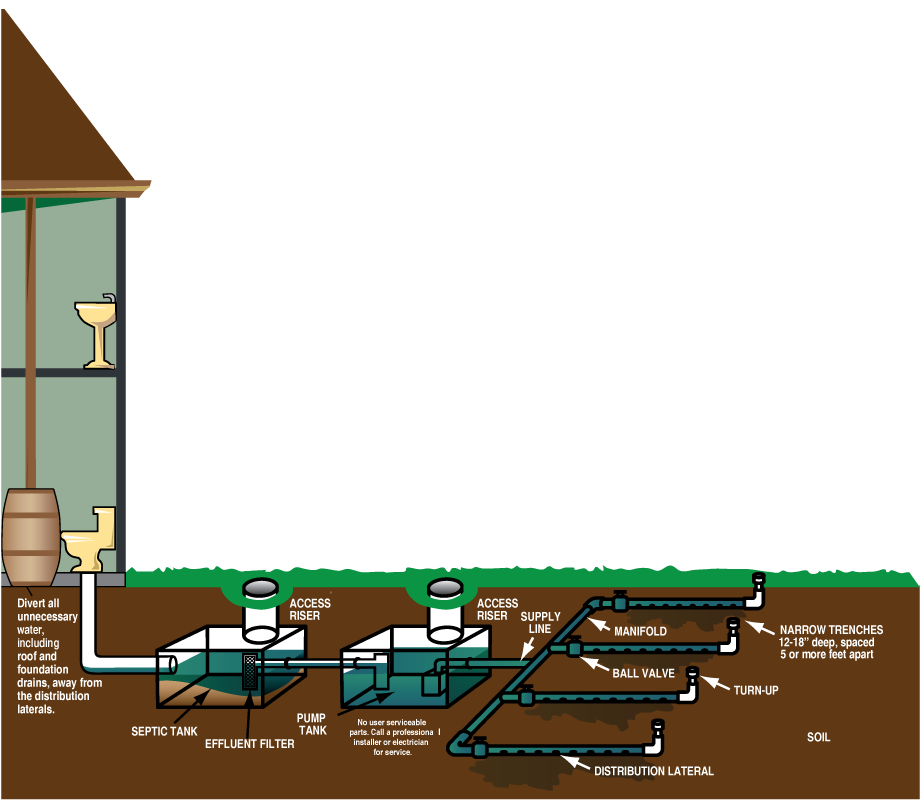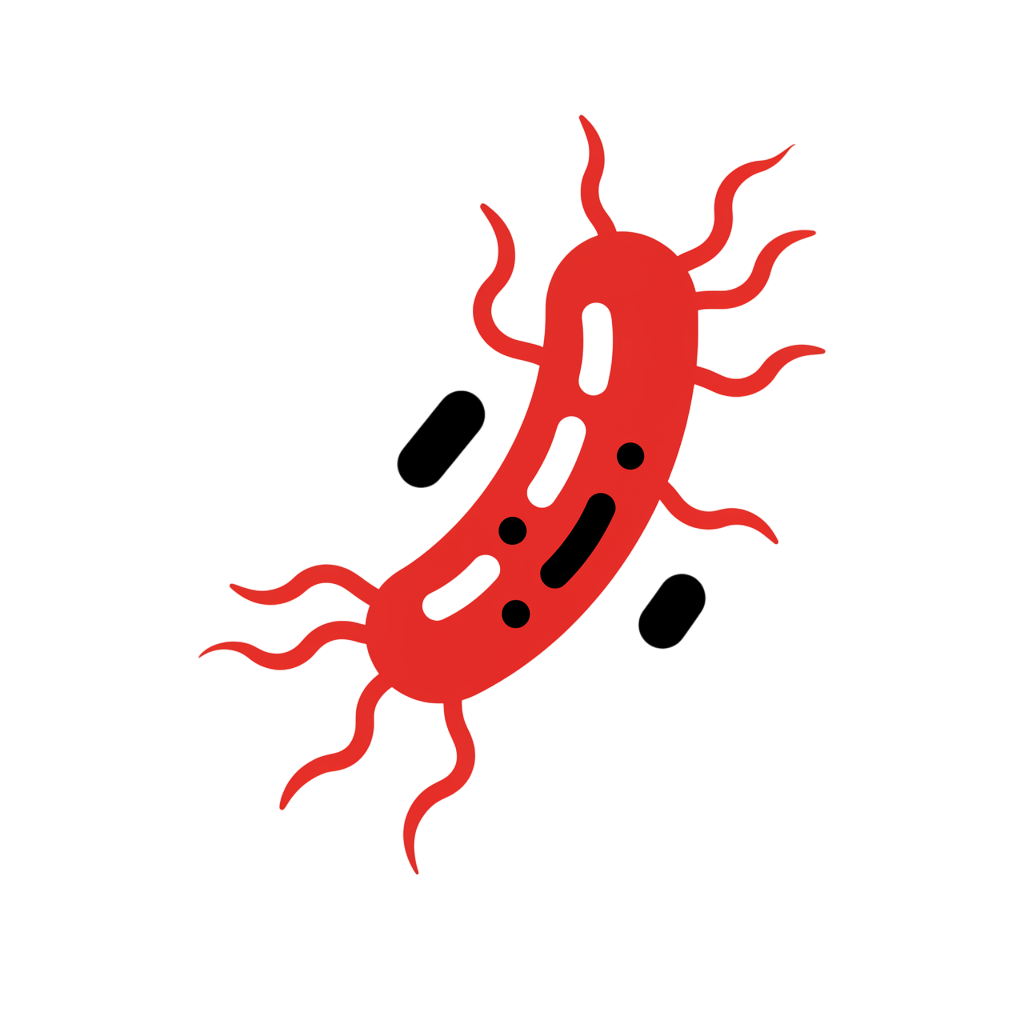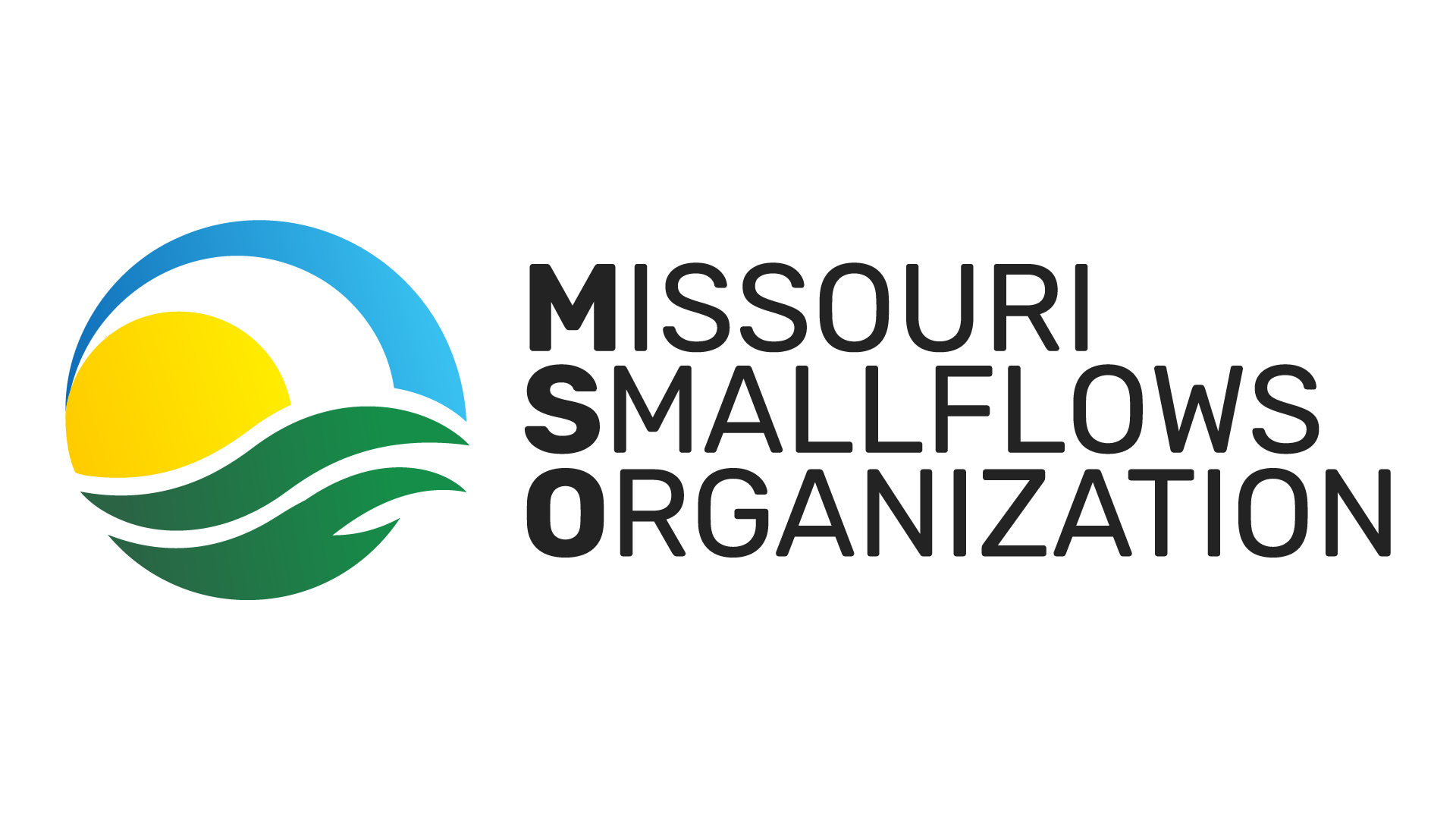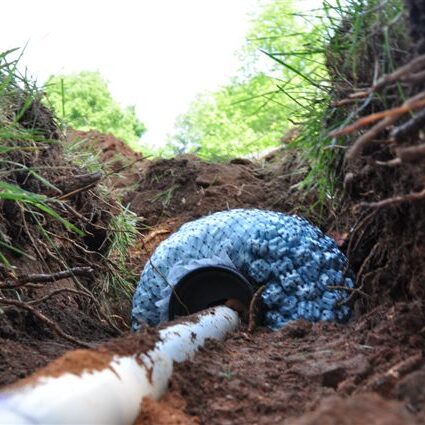Low Pressure Pipe (LPP) Systems
Smart Pressure Distribution for Even Treatment
Low Pressure Pipe (LPP) systems provide a reliable and effective solution when gravity-fed systems are not feasible. These systems use a timed pump and control system to ensure even distribution of effluent across shallow trenches. Ideal for sites with shallow soils, poor absorption, or limited space, LPP systems help maintain effective wastewater treatment in challenging conditions.
How It Works
Primary Treatment
Wastewater from the home first enters a septic tank, where solids settle into sludge and lighter materials rise to form scum. The remaining liquid, called effluent, flows into a pump chamber.
Timed Distribution
A float switch activates the pump two to four times per day, sending effluent through a pressurized pipe system for even distribution.
Low Pressure Delivery
Effluent travels through small holes in lateral pipes in trenches. From there, it filters into the soil, where aerobic bacteria naturally treat the wastewater.
System Monitoring
A control panel with alarm and light alerts the homeowner if a component malfunctions, helping prevent system failure through early detection.

Why Maintenance Is Critical
If neglected, LPP systems can threaten public health, damage the environment, and result in costly repairs.
Health Risks
Untreated wastewater can carry serious diseases like:
Hepatitis A
Salmonella
Giardiasis
Cholera
Tetanus

Typhoid fever
It may also pollute drinking water sources and local waterways with nitrogen and phosphorus.
Financial Risks
Regular pumping and maintenance typically cost $150–$300, while full system replacement may cost $4,500 to $30,000. Poor maintenance can also negatively impact property value and leave few options for legal onsite treatment.
Do’s of LPP System Care
- Obtain permits before making repairs or changes
- Use certified professionals for installation and inspection
- Keep tanks accessible and lids secure
- Pump your septic tank every 2–5 years
- Maintain detailed records of all maintenance
- Conserve water to reduce system stress
- Redirect roof drains and surface runoff away from the field
- Dispose of hazardous materials at approved facilities
Don’ts of LPP System Use
- Don’t enter a septic tank, toxic gases are deadly
- Don’t drive or park over system components
- Don’t plant trees or shrubs near the absorption field
- Don’t make unauthorized repairs
- Don’t pour grease, solvents, or medications into drains
- Don’t flush wipes, diapers, paper towels, or other non-degradable items
- Don’t rely on additives, they can harm your system and the environment
Want to Learn More?
View our Low Pressure Pipe System Homeowner Brochure (PDF) for a visual guide.
Questions? We’re here to help.
contact@mosmallflows.org
(417) 631-4027

